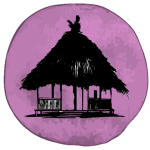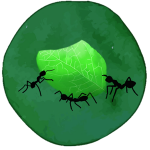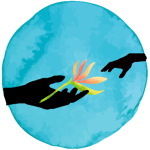We coordinated a second workshop with a lovely group of women in a community near San Borja. This reunion was a continuation of our first one (in August 2025), in which they enumerated the multiple changes that impact Tsimane’ peoples’ land and culture. From the women’s perspective, we discussed such changes—from the decrease of (native) fruit trees nearby, like the achachairú (Garcinia humilis) and ocoró (G. madruno), to shifts in cultural (plant) practices, such as the making of necklaces with forest seeds.
Based on their suggestions, we focused on two creative processes: the making of saraij’ (handmade woven cotton bags) and Tsimane’ music. Together, we linked them to the natural elements needed to sustain these practices – like the chonta wood (väij in Tsimane language, Bactris gasipaes), to make the spindle, or the mara wood (chura’, Swietenia macrophylla) for the violin. By doing so, we reflected on the complexity of such cultural practices and their connection to nature. We’d like to continue co-organizing these gatherings to promote women’s self-organization and keep the conversation on biocultural knowledge alive, based on their needs and expertise.










